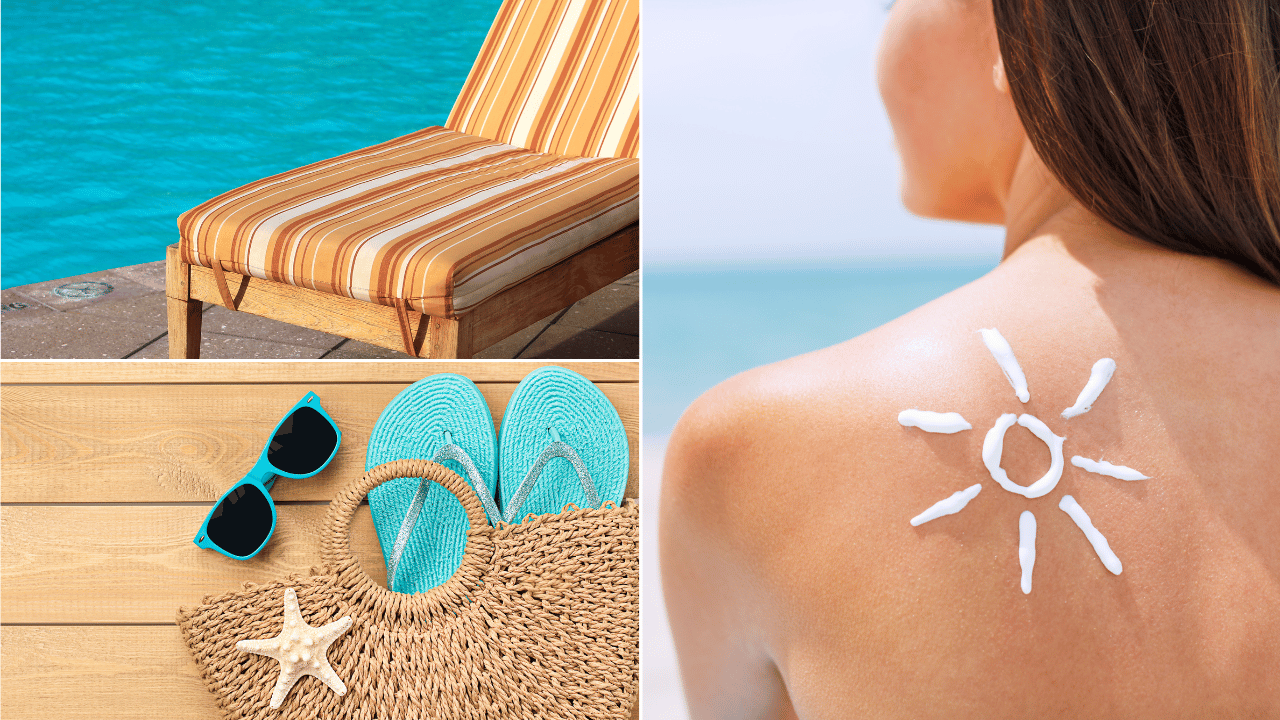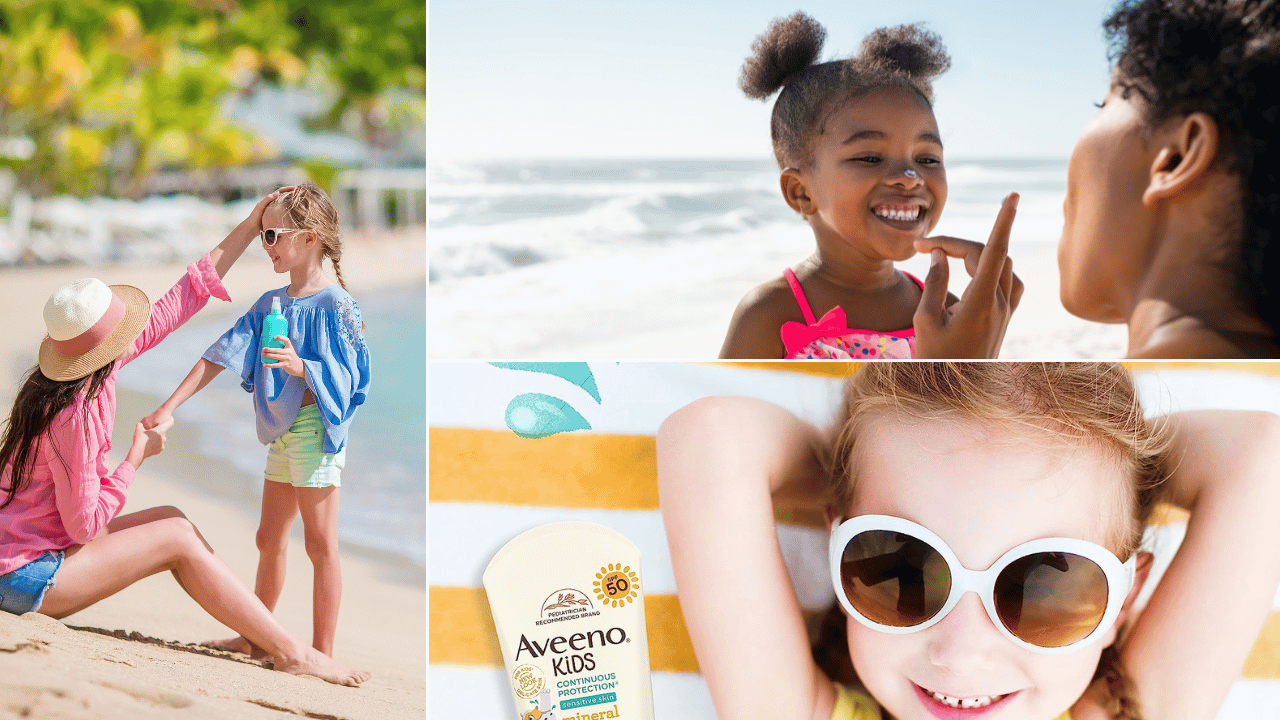How to Choose the Best Sunscreen for Tanning ☀️
Find the best sunscreen for tanning on Amazon. Compare top picks, SPF tips, and skin protection advice to glow safely. Shop smarter! Read our guide now.
Finding the best sunscreen for tanning is all about balancing your desire for a radiant, sun-kissed glow with the need to protect your skin from damage. The right sunscreen lets you enjoy the sunshine safely, helping you tan gradually while lowering the risk of sunburn and premature aging.
Why Sunscreen Is Essential for Tanning
There’s a common myth that sunscreen blocks tanning completely—but that’s not true. Sunscreen helps filter out harmful UV rays while still allowing the safe production of melanin, your skin’s tanning pigment. By choosing the right SPF and formula, you can achieve a beautiful tan without risking your skin’s health.
Dermatologists agree: broad-spectrum sunscreen (blocks both UVA and UVB rays) is critical if you want to tan safely. UVA rays are primarily responsible for tanning but also for aging skin and wrinkles, while UVB rays cause sunburn and increase your risk of skin cancer. Both are dangerous in excess.
Journey Fanatics may earn a commission from qualifying purchases, but we promise the prices are still the same for you!
Understanding Different Types of Sunscreen
Before selecting a sunscreen, it's helpful to know your options:
Chemical Sunscreens absorb UV rays through active ingredients like avobenzone and oxybenzone. They’re lightweight and blend easily into the skin—ideal for daily wear. However, those with sensitive skin may want to patch test first, as certain chemicals can cause irritation. For example, Neutrogena Ultra Sheer Dry-Touch Sunscreen SPF 70+ is a popular choice known for its high SPF protection and lightweight feel, making it ideal for outdoor activities.
Physical (Mineral) Sunscreens contain zinc oxide or titanium dioxide that sits on top of your skin, reflecting and blocking UV rays. These are often best for sensitive skin and work immediately upon application. They can sometimes leave a slight white cast, but newer formulations have addressed this issue. Try Blue Lizard Sensitive Mineral Sunscreen SPF 30+ for robust protection with a gentle formula suited for sensitive skin.
Application Tip: For tanning, apply sunscreen at least 15 minutes before going outside and reapply every two hours, or after swimming or sweating. This helps maintain consistent protection without sacrificing your tan.
Choosing the Right SPF for Tanning
A lot of people think lower SPF means a better tan. The truth? SPF (Sun Protection Factor) measures how long you can be in the sun before burning—not whether you’ll tan. For tanning with protection, SPF 15 or 30 is often recommended. SPF 30 blocks about 97% of UVB rays, whereas SPF 15 blocks about 93%.
Go with a lower SPF if you tan easily but never skip sunscreen altogether. For fair or sensitive skin, always start with at least SPF 30 for safety. Remember, gradual, well-protected tans last longer and look healthier.
For example, Coppertone Tanning Dry Oil SPF 15 is a great option for those who want a light layer of protection while enhancing their natural tan. Banana Boat Lotion SPF 30 offers more protection, ideal if you have fairer skin or plan to be in the sun for a longer duration.
Key Insight: A higher SPF may slow tanning a little, but it also helps prevent burns and peeling—which can ruin your tan and your skin.
Formulas and Formats: Match Your Lifestyle
Today’s sunscreens come in many forms—lotions, sprays, gels, and sticks. Which is best for you?
- Lotions: Great for full-body coverage and even application.
- Sprays: Perfect for quick touch-ups and hard-to-reach areas (remember to rub them in for even protection). Try Neutrogena Beach Defense Water + Sun Protection Spray SPF 50, which offers broad-spectrum protection and is water-resistant.
- Sticks: Convenient for the face, ears, and on-the-go protection. Blue Lizard Mineral Sunscreen Stick is designed for sports enthusiasts and stays put during physical activity.
- Gels or Water-based: Often chosen by those with oily or acne-prone skin.
For the best sunscreen for tanning, prioritize a non-greasy, water-resistant option that feels comfortable to wear while outdoors.
Tanning Oils vs. Lotions: What’s Safer?
Tanning oils can speed up tanning but typically provide little UV protection. If you choose a tanning oil, pick one that includes at least SPF 15 (ideally higher) and ingredients that nourish your skin, like coconut or argan oil. Consider Hawaiian Tropic Dark Tanning Oil SPF 15 for moisturizing properties and a rich, golden tan.
Lotions usually offer a broader SPF range and additional skincare benefits (like hydration and antioxidants). For example, Sun Bum Cool Down After Sun Lotion offers soothing aloe and vitamin E to replenish and hydrate sun-kissed skin, promoting a longer-lasting and healthier tan.
Tips for a Safe, Long-lasting Tan
- Prep Your Skin: Gently exfoliate before tanning to remove dead skin cells. This helps your tan last longer and fade evenly.
- Rotate Regularly: Change positions every so often to avoid burns and get an even tan.
- Hydrate Inside and Out: Drink plenty of water and use moisturizers after sun exposure to keep your skin healthy.
- Avoid Peak Hours: The sun's rays are strongest between 10 a.m. and 4 p.m. Limit your tanning sessions to early mornings or late afternoons if possible.
Highly Rated Sunscreens for Tanning
Here are a few popular options that balance protection with tanning potential (always check for updates and reviews before purchasing):
- Neutrogena Ultra Sheer Dry-Touch SPF 30: Lightweight, non-greasy, and offers good protection for extended tanning sessions.
- Blue Lizard Sensitive Mineral Sunscreen SPF 30: Gentle for sensitive skin with physical blockers for reliable coverage.
- Banana Boat Ultra Sport SPF 15: Water-resistant, easy to apply, and ideal for outdoor activities.
- Sun Bum Original SPF 30 Lotion: Vegan, reef-friendly formula with Vitamin E to nourish sun-exposed skin.
Feel free to check major retailers or your local store for these and similar products. Always prioritize reliable, broad-spectrum formulations when searching for the best sunscreen for tanning.
Frequently Asked Questions
Can I still tan with sunscreen on?
Yes! Sunscreen allows safe tanning by filtering harmful rays while letting your skin naturally darken over time.
How often should I reapply sunscreen while tanning?
Every two hours, or after swimming or sweating—even if your sunscreen claims to be water-resistant.
What’s the best SPF if I tan easily?
SPF 15–30 is usually sufficient. For very fair or sensitive skin, start with SPF 30 or higher to avoid burns.
Do I need to wear sunscreen on cloudy days?
Absolutely. Up to 80% of UV rays can pass through clouds, increasing the risk of sunburn and damage.
Wrapping Up Our Journey
Getting that perfect summer tan is enjoyable, but your skin’s health should always come first. Choose the best sunscreen for tanning by focusing on formulas you’ll use consistently, with the right SPF and broad-spectrum protection. A little prevention now ensures your tan is both beautiful and safe for years to come.
Stay sun-smart and enjoy your glow! 🌍
Need some excitement for your next trip? Check out Amazon! Try Audible Plus for two free books. 🎧 Simplify your packing with a FREE 30-day trial of Amazon Prime for quick, two-day delivery. 📦 Don't miss these deals and make your journey unforgettable! ✈️






